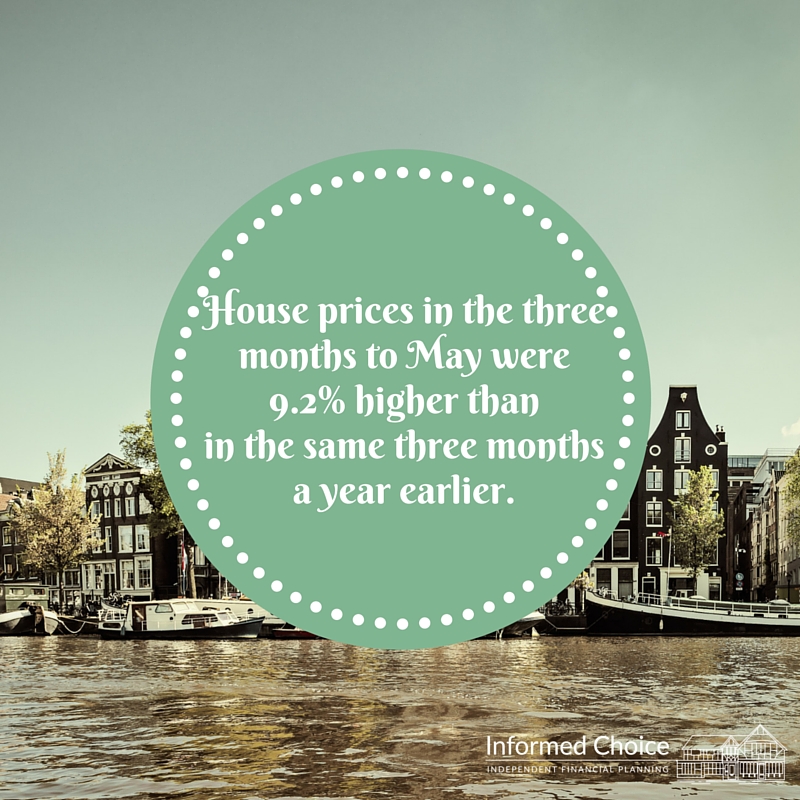 House prices. The topic of dinner party conversation and regular focus of the British press are probably the most frequently discussed Financial Planning topic.
House prices. The topic of dinner party conversation and regular focus of the British press are probably the most frequently discussed Financial Planning topic.
Knowing what your house is worth at any given moment is tricky.
You only really know when you spruce it up a little, put it on the market and accept an offer.
And only then once contracts have been exchanged, the transaction completed and the cold, hard cash is sitting in your bank account.
This makes the house price indices we often see reported a bit tricky to interpret.
They offer a useful indicator, something we can attempt to apply to the price rise of our own homes since purchase.
But mostly they are there to give journalists something to write about and dinner party guests something to celebrate, or lament.
According to the latest figures from Halifax, house prices in the three months to May were 9.2% higher than in the same three months a year earlier.
Average prices in the latest three months considered by the survey (March-May) were 1.4% higher than in the preceding three months.
This was slightly below April’s 1.5% and was the lowest since November 2015 (1.4%).
The usual regional disparity in house prices was also noted, with property prices per square metre up by 432% in Greater London against a national average increase of 251% over the past two decades.
Although London dominates the country’s list of most expensive property locations on a per square metre basis, five areas outside southern England fetch a higher property price per square metre than the national average of £2,216 – Solihull and Leamington Spa in the West Midlands, Altrincham in the North West, Scotland’s capital, Edinburgh, and Harrogate in Yorkshire.
The housing market (or, more accurately, housing markets) appear to remain a little uncertain ahead of the EU Referendum in a fortnight.
The HRMC seasonally-adjusted figures show that home sales dropped substantially in April.
They fell by 45% from 153,700 in March to 84,300 in April – the lowest since March 2013.
In fairness to the housing market, March was the highest monthly total since records began in April 2005.
This sharp rise in house sales in March was prompted by a rush to complete sales ahead of the introduction of new higher stamp duty tax rates on buy to let and second homes, which came into force in April.
Mortgage approvals also fell between March and April.
Mortgage approvals for house purchases are a leading indicator of completed house sales. They fell by 5.8% between March and April, with approvals 2% lower than in April 2015.
Part of the challenge for the UK housing market, and in particular for first-time buyers, is the very low supply of houses across the country, and especially in the South East of England.
New instructions by home sellers fell for the second consecutive month in April.
Despite a government push to get more homes built, new housing starts in England fell in the first quarter of 2016 and were 3.4% lower than in the previous quarter.
In fact, new housing starts were 8.6% down on the first quarter of last year.
According to the Royal Institution of Chartered Surveyors’, housebuilding is being held back by material and labour constraints, rather than planning holdups or NIMBY protesting.
When asking the question what is my house worth now, perhaps as part of a wider Financial Planning or inheritance tax planning exercise, these figures and trends offer some guidance.
[tweet_box]House prices in the three months to May were 9.2% higher than in the same period last year[/tweet_box]

